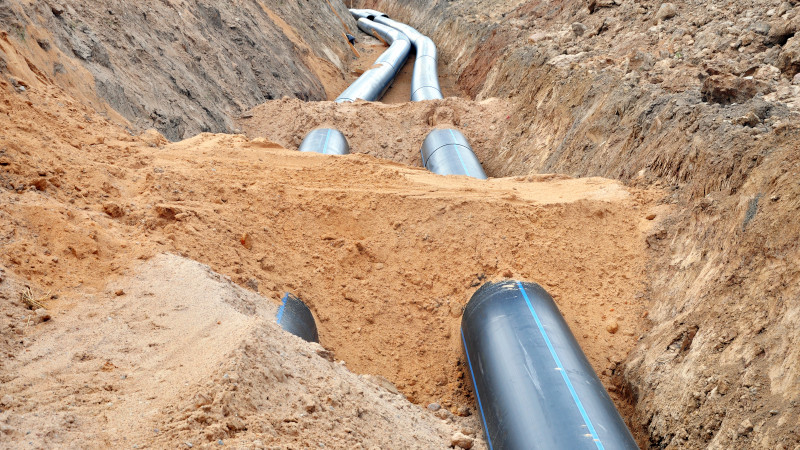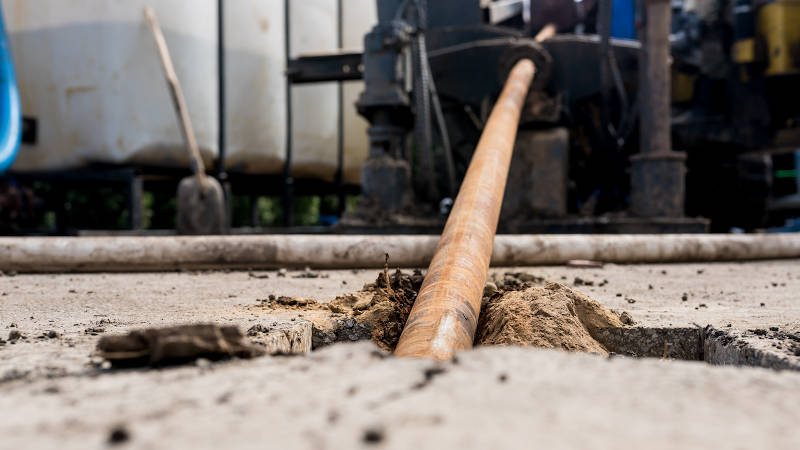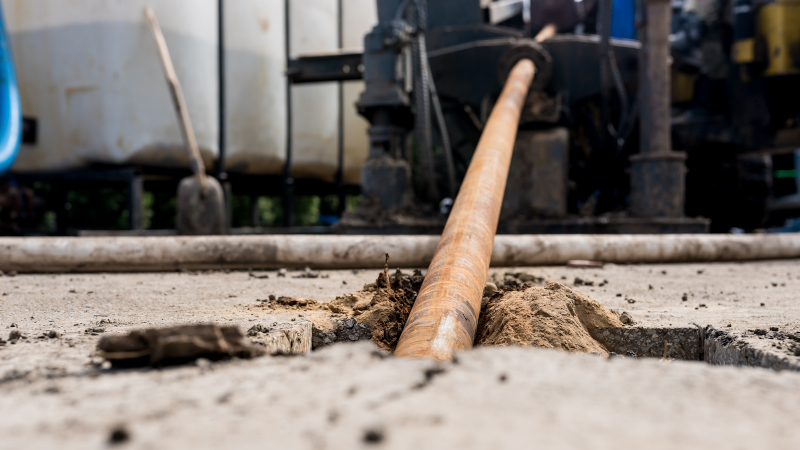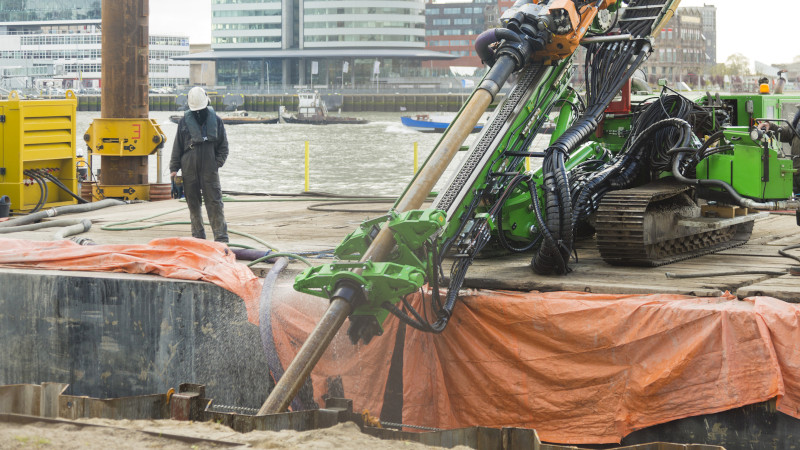27
Aug
Pros and Cons of Directional Boring
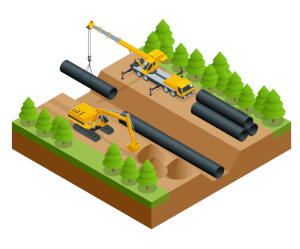 When trying to install lines in the ground, directional boring seems like the perfect solution. While this is true of many situations, sometimes directional boring has its disadvantages. Here are some of the various pros and cons of directional boring.
When trying to install lines in the ground, directional boring seems like the perfect solution. While this is true of many situations, sometimes directional boring has its disadvantages. Here are some of the various pros and cons of directional boring.
Pros:
- Surface is Undisturbed: One of the hardest parts of burying cables is having to dig up the ground and then place the line. Things like weather conditions, road traffic, and pedestrians can complicate this process and cause danger. Directional Boring does not require the surface to be disturbed, which can greatly reduce the mentioned issues.
- Price: The price of directional boring can be low compared to trenches, because using trenches can add a lot of layers of complexity to it.
- Usefulness: A bored line has the potential to fit multiple pipes from a single location and can reach most anywhere.
Cons:
- Collapse: Sometimes the bored hole does not last or has issues with its installation.
- Economies of Scale: Directional boring is not always cost effective. It has to be used for a certain length before it starts to pay for itself. This is because the equipment used is expensive, so if they are not used for a large project they may not be worth the cost.
- Depth: Directional boring can only go about 50 feet deep, so it may not work for deeper applications.
While directional boring is an incredible feat of engineering and has some incredible advantages, it also has its issue. Make sure to check to see if directional boring is right for your project.

